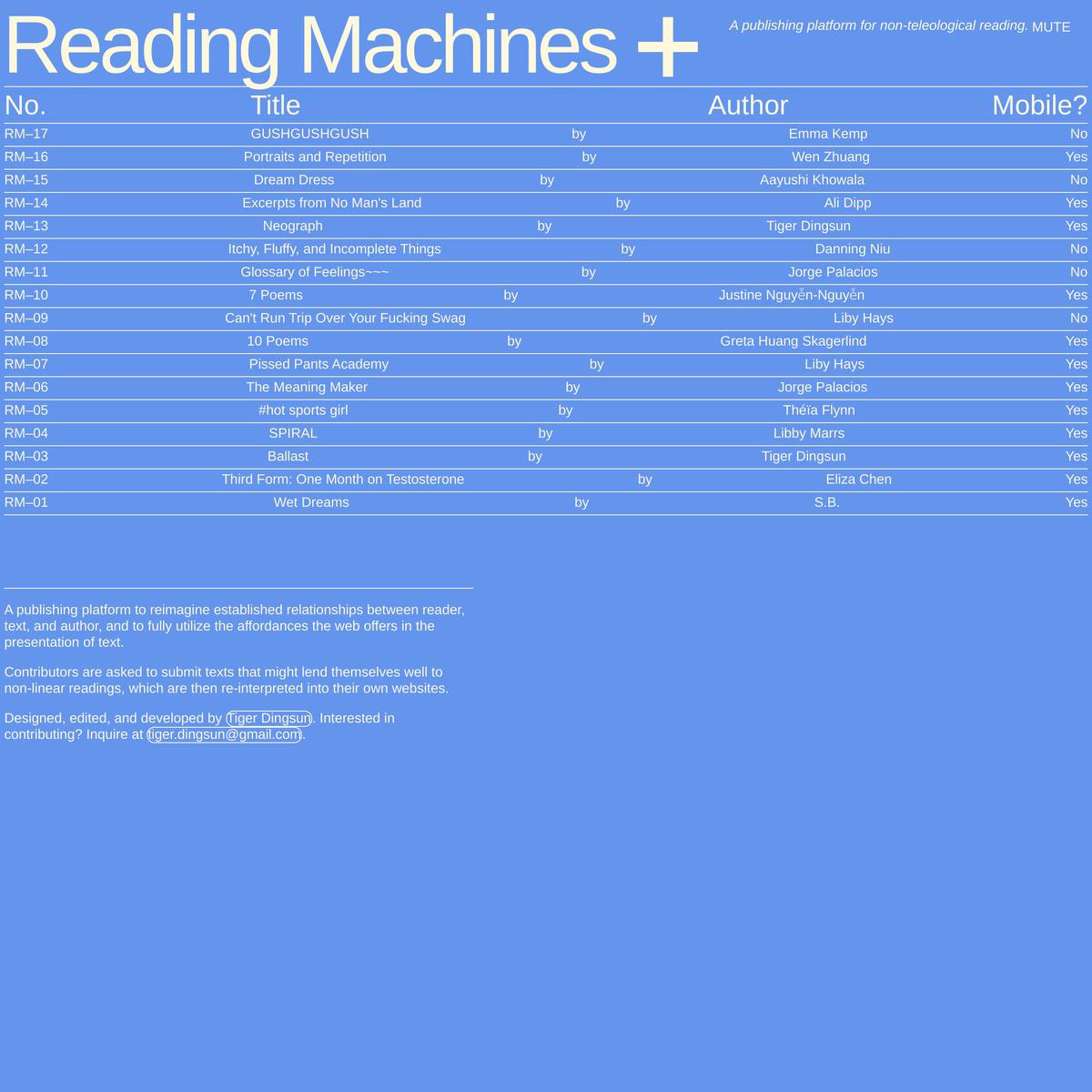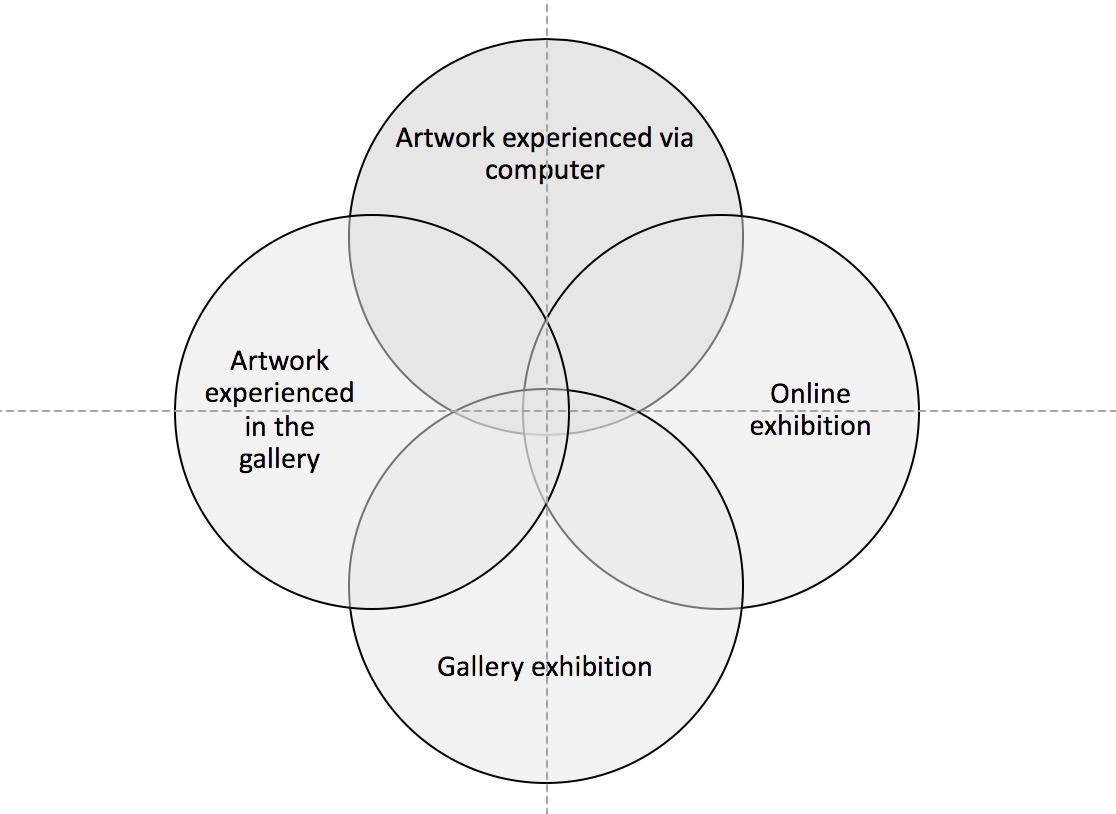syn·site
1: AN ENTANGLED, NON-SINGULAR SITE. A site of simultaneity spanning disparate sites, marked by plurality and potentiality.
2: ASSEMBLED BITS WITHIN THE ENTANGLED SITE. An ever-cleaving constellation of bits within the aforementioned entangled site.
3: SYNTAX AS SYN-SITE. A verb-noun concatenation—process embedded in, affecting, and affected by site—with an assertive threshold calling attention to itself between the two. To understand this hybridity of site is to see the hyphenated construct itself as a tool—to see in its syllabic nodes and articulated connection a self-aware mirage.
< ORIGIN > The SITE/NON-SITE construct of Robert Smithson, reviewed.
1: AN ENTANGLED, NON-SINGULAR SITE. A site of simultaneity spanning disparate sites, marked by plurality and potentiality.
2: ASSEMBLED BITS WITHIN THE ENTANGLED SITE. An ever-cleaving constellation of bits within the aforementioned entangled site.
3: SYNTAX AS SYN-SITE. A verb-noun concatenation—process embedded in, affecting, and affected by site—with an assertive threshold calling attention to itself between the two. To understand this hybridity of site is to see the hyphenated construct itself as a tool—to see in its syllabic nodes and articulated connection a self-aware mirage.
< ORIGIN > The SITE/NON-SITE construct of Robert Smithson, reviewed.
SYN (along with, at the same time | from Greek SYN, with | ~SYNTHETIC) + SITE (N: point of event, occupied space, internet address; V: to place in position | from Latin SITUS, location, idleness, forgetfulness | ~WEBSITE ¬cite ¬sight), cf. SITE/NON-SITE (from Robert Smithson, A PROVISIONAL THEORY OF NONSITES, 1968)






...it is possible to assert that cyberspace is “just like” real space only if one ignores that cyberspace is peopled by real users who experience cyberspace and real space as different but connected, with acts taken in one having consequences in the other. In all cases, theories of cyberspace as separate space give short shrift to cyberspace as both extension and evolution of everyday spatial practice—as a space neither separate from real space nor simply a continuation of it. That is to say, they ignore both the embodied, situated experience of cyberspace users and the complex interplay between real and digital geographies.
...it is possible to assert that cyberspace is “just like” real space only if one ignores that cyberspace is peopled by real users who experience cyberspace and real space as different but connected, with acts taken in one having consequences in the other. In all cases, theories of cyberspace as separate space give short shrift to cyberspace as both extension and evolution of everyday spatial practice—as a space neither separate from real space nor simply a continuation of it. That is to say, they ignore both the embodied, situated experience of cyberspace users and the complex interplay between real and digital geographies.
...it is possible to assert that cyberspace is “just like” real space only if one ignores that cyberspace is peopled by real users who experience cyberspace and real space as different but connected, with acts taken in one having consequences in the other. In all cases, theories of cyberspace as separate space give short shrift to cyberspace as both extension and evolution of everyday spatial practice—as a space neither separate from real space nor simply a continuation of it. That is to say, they ignore both the embodied, situated experience of cyberspace users and the complex interplay between real and digital geographies.




















